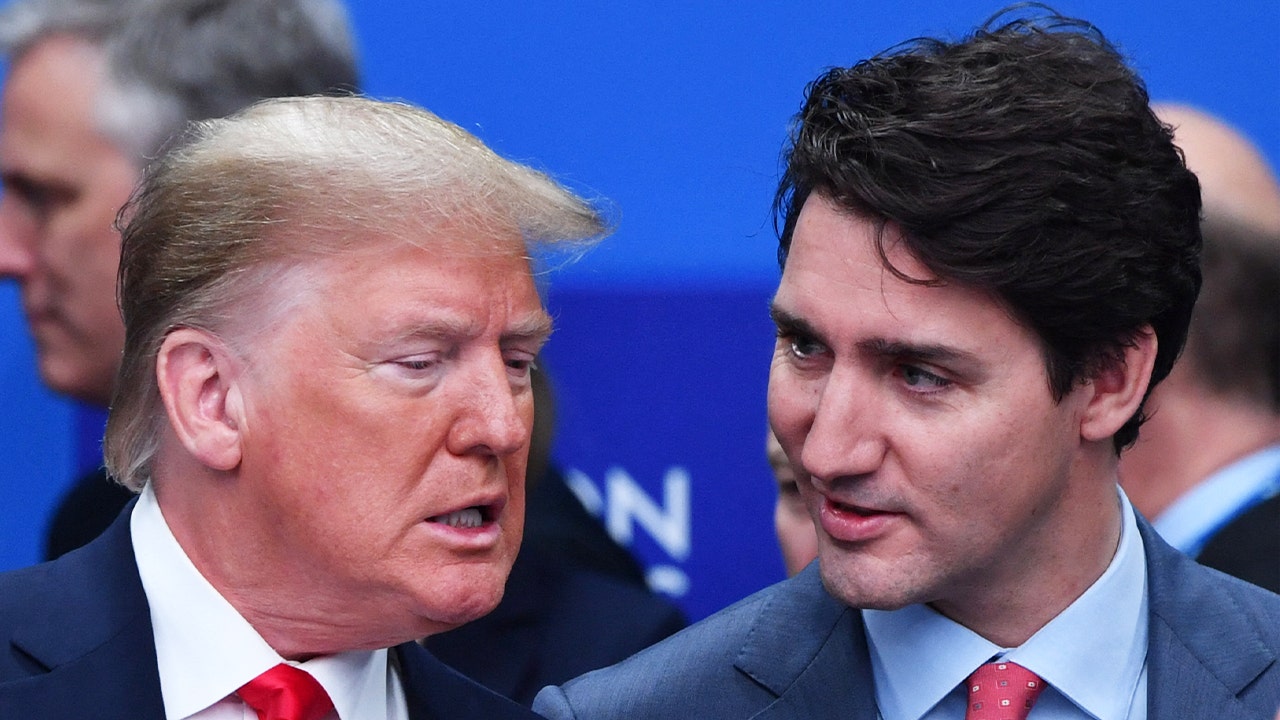World
Was Pope Francis spotted waering an LGBTQ+ coloured cross?
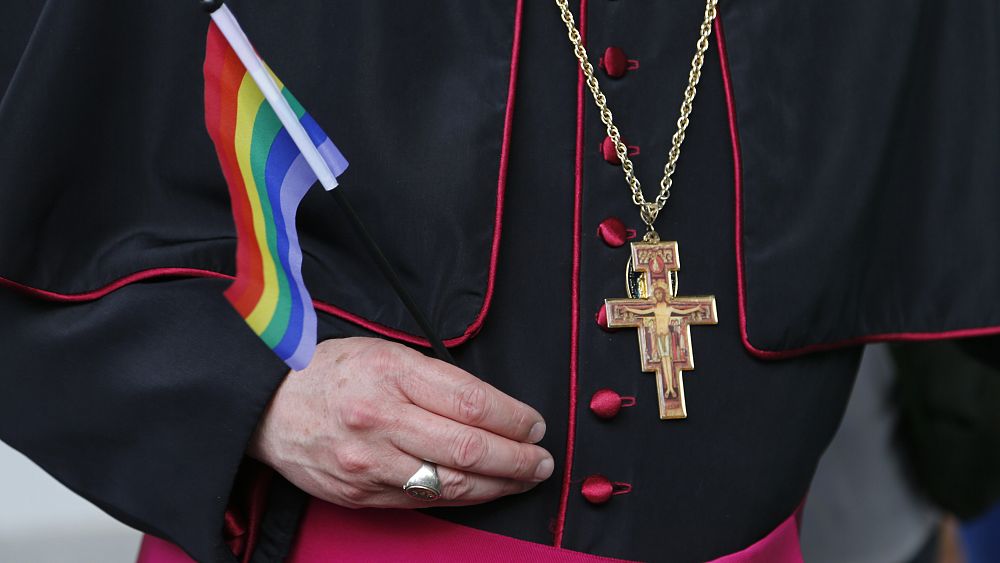
A photograph of Pope Francis wearing a multicoloured cross has caused quite a controversy online with many believing this signals the Catholic Church is going back on its historic stance anti-LGBTQ+ stance. The Cube took a closer look at these claims.
Photographs of Pope Francis wearing a rainbow-coloured cross which many claim represents the LGBTQ+ community have recently gone viral on the social media platform X, formerly known as Twitter.
“And before our astonished eyes, the pope has just invented the LGBT Cross,” quipped one user.
“Today Pope Francis wore, along with his cross, another that was given to him with LGBT colors and started a controversy,” tweeted another account.
After doing a reverse image search, the Cube found the photograph is not a recent one.
It was taken in 2018 during the Fifteenth Ordinary General Assembly of the Synod of Bishops organised by the Vatican.
The official Twitter account of the Vatican explained the coloured cross was a gift from the Latin American Youth Ministry.
According to the Ministry’s website, each of the four colours represents a different region of Latin America.
For example, green represents Mexico and Central America while yellow represents the Caribbean.
The pride flag is slightly different. There are many versions of it but the most popular one has six different colours.
It’s not the first time this image has been shared on social media spreading mis- and disinformation about Pope Francis.
Similar tweets popped up in 2020 claiming the pope was sporting an LGBTQ+ coloured cross when visiting Poland, a conservative country.
Pope Francis has indeed adopted a more conciliatory tone toward LGBTQ+ people compared to his predecessors.
In October, he suggested it may be possible to bless same-sex unions, although he did reiterate that marriage in the Catholic church is between a man and a woman.
In August, the Pope called on the hundreds of thousands gathered before him to shout that the Catholic Church is a place for everyone, including the LGBTQ+ community.
He has also criticised laws that criminalise homosexuality around the world.

World
Russia downplays speculation over deadly Azerbaijan Airlines crash as report lays blame for downed plane
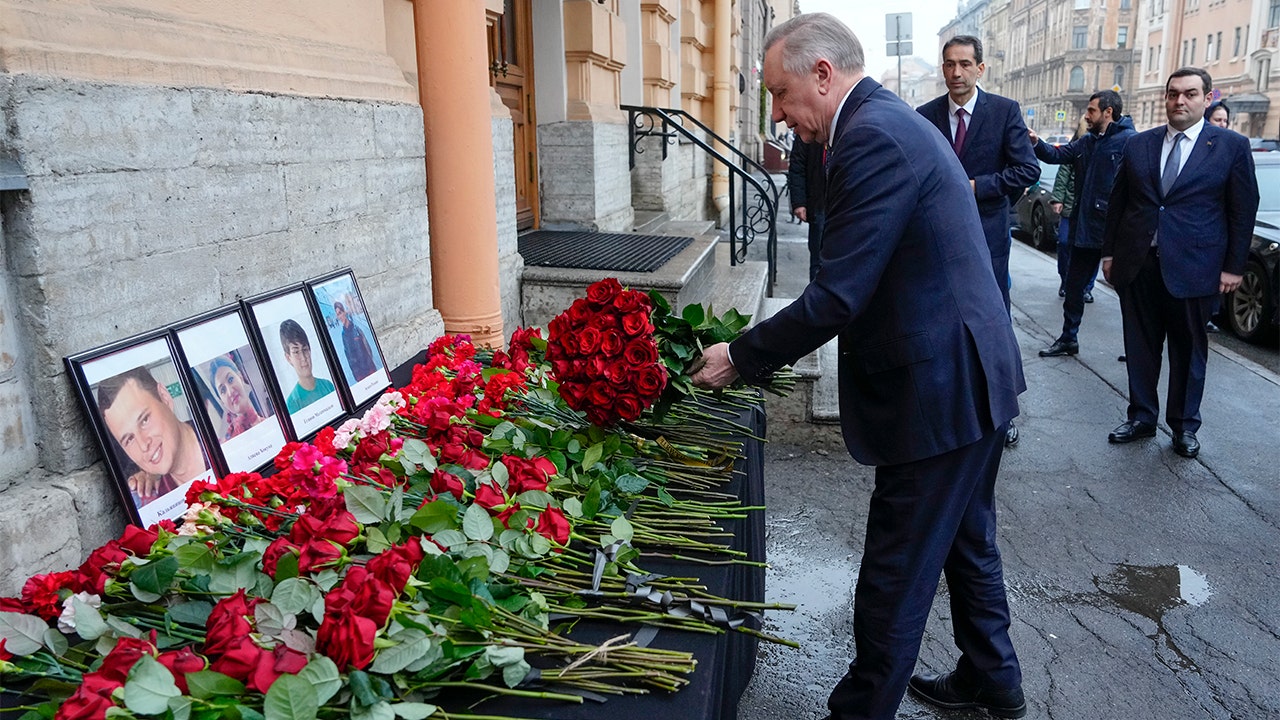
An Azerbaijan Airlines flight that crashed in Kazakhstan on Wednesday, killing 38 people, was shot down by a Russian air defense system, Reuters reported Thursday.
The report cited four sources in Azerbaijan familiar with the investigation into the crash. One of the sources said preliminary results showed the plane was struck by a Russian Pantsir-S air defense system, and its communications were paralyzed by electronic warfare systems on the approach into Grozny, Reuters reported.
“No one claims that it was done on purpose,” the source told Reuters. “However, taking into account the established facts, Baku expects the Russian side to confess to the shooting down of the Azerbaijani aircraft.”
Officials in Russia and Kazakhstan have remained tight-lipped after the Azerbaijan Airlines flight crashed near the Kazakh city of Aktau with dozens of souls aboard.
RUSSIA BEING BLAMED FOR AZERBAIJAN AIRLINES PLANE THAT CRASHED HUNDREDS OF MILES OFF COURSE, KILLING DOZENS
The crash near the Kazakhstani city of Aktau killed 38 people on Christmas Day. (Azamat Sarsenbayev)
A Ukrainian national security official has blamed Russian air defense fire for the deadly crash, which killed 38 people on Christmas Day.
The Embraer 190 passenger jet flying from Azerbaijan to Russia had 62 passengers and five crew on board, according to Kazakh authorities. It had flown hundreds of miles off its scheduled route to crash on the opposite shore of the Caspian Sea. Twenty-nine people survived.
Video of the crash showed the plane descending rapidly before bursting into flames as it hit the seashore, and thick black smoke then rising, Reuters reported.

The plane was en route from the Azerbaijani capital of Baku to the Russian city of Grozny in the North Caucasus, the Associated Press reports. (The Administration of Mangystau Region)
Officials did not immediately explain why the plane had crossed the sea, but the crash came shortly after drone strikes hit southern Russia. Drone activity has shut down airports in the area in the past and the nearest Russian airport on the plane’s flight path was closed on Wednesday morning.
On Thursday, Kremlin spokesman Dmitry Peskov said the cause of the crash is under investigation. He told reporters that “it would be wrong to make hypotheses before investigators make their verdict,” the Associated Press reported.
Kazakhstan’s parliamentary Speaker Maulen Ashimbayev also warned against rushing to conclusions based on pictures of the plane’s fragments, describing the allegations of air defense fire as unfounded and “unethical.”
Other officials in Kazakhstan and Azerbaijan have likewise declined to comment on the cause of the crash and pointed to the ongoing investigations for answers, according to the AP.
MORE THAN 30 DEAD IN BRAZIL BUS AND TRUCK COLLISION

Emergency crews at the site of the Azerbaijani airliner crash on Dec. 25, 2024. (Azamat Sarsenbayev)
Earlier, Ukrainian national security official Andriy Kovalenko blamed a “Russian air-defense system” for the crash in an X post on Wednesday.
“However, admitting this is inconvenient for everyone, so efforts will be made to cover it up, even the holes in the remaining parts of the aircraft,” Kovalenko claimed.
Aviation-security firm Osprey Flight Solutions also said the flight was “likely shot down by a Russian military air-defense sytem,” the Wall Street Journal reported Wednesday night.
“Video of the wreckage and the circumstances around the airspace security environment in southwest Russia indicates the possibility the aircraft was hit by some form of antiaircraft fire,” Matt Borie, Osprey’s chief intelligence officer, said in an interview.
MALAYSIA AGREES TO RESUME ‘NO FIND, NO FEE’ HUNT FOR FLIGHT MH370, 10 YEARS AFTER PLANE DISAPPEARED
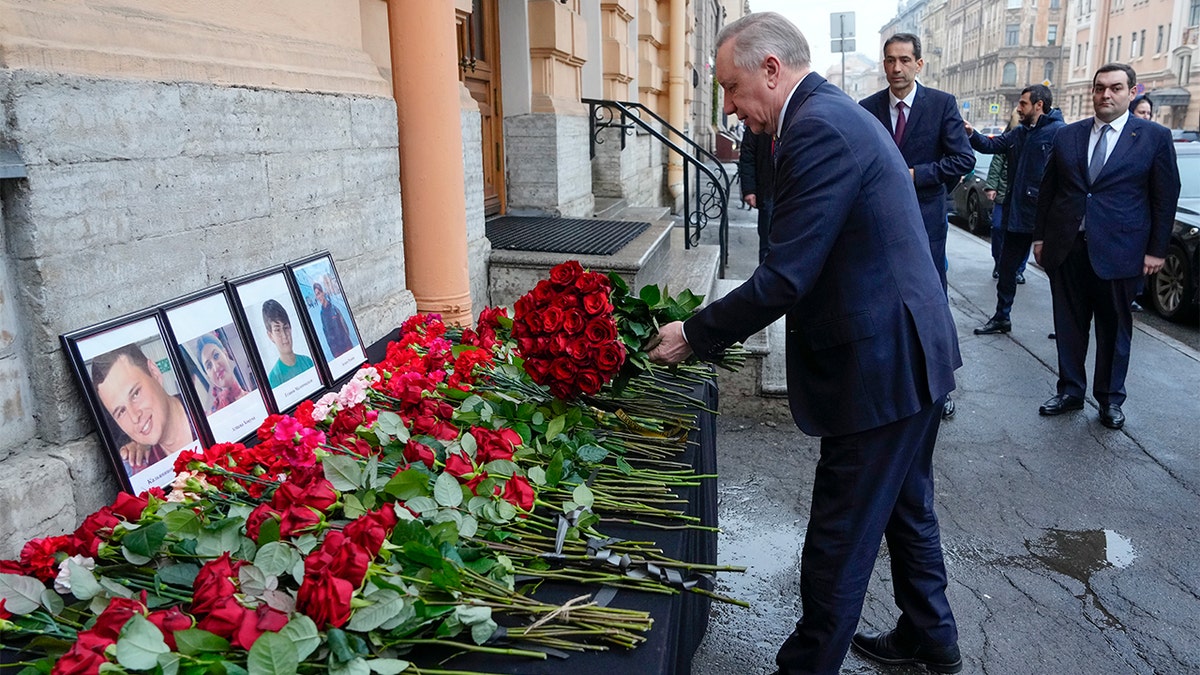
St. Petersburg Gov. Alexander Beglov places flowers at the Consulate of Azerbaijan in memory of the crash victims, in St. Petersburg, Russia, Thursday, Dec. 26, 2024. (AP Photo/Dmitri Lovetsky)
Russia’s aviation watchdog, meanwhile, said it was an emergency that may have been caused by a bird strike.
The Kremlin did not immediately respond to a request for comment.
Azerbaijan observed a national day of mourning on Thursday for the 38 victims of the plane crash. National flags were lowered across the country, traffic stopped at noon and signals were sounded from ships and trains as the people observed a nationwide moment of silence, the AP reported.
“We will never forget the beloved people we lost in the crash of the ‘Embraer-190’ aircraft,” Azerbaijan Airlines said in a statement Thursday. “This loss left a deep wound in the heart of an entire community. It reminds us to be more compassionate and connected to one another.”
“May the souls of those who tragically lost their lives rest in peace, and may their memory live on forever.”
Fox News Digital’s Pilar Arias and Elizabeth Pritchett, along with Reuters and the Associated Press contributed to this report.
World
EU preparing sanctions on Russia's 'shadow fleet' after cable damage

Countries in the region have been on alert following a string of incidents involving undersea cables and gas pipelines in the Baltic Sea since 2022.
The EU Foreign Policy chief has said the bloc is preparing sanctions on what it calls Russia’s ‘shadow fleet’ after an undersea power cable connecting Finland and Estonia was damaged in the Baltic Sea.
Kaja Kallas posted the joint statement from the EU Commission and the High Representative leading the investigation on X, saying the “suspected vessel is part of Russia’s shadow fleet, which threatens security and the environment, while funding Russia’s war budget.”
Kallas also said the EU was strengthening efforts to protect undersea cables, adding that there was no risk to regional electricity supplies.
That comes after Finnish authorities detained a Russian ship as part of an investigation into damage to the Estlink-2 power cable.
It carries electricity from Finland to Estonia across the Baltic Sea and went down on Wednesday.
Finnish police and border guards boarded the Eagle S vessel on Thursday and took over the command bridge, Helsinki Police Chief Jari Liukku said at a press conference.
The vessel was being held in Finnish territorial waters, police said.
The Eagle S is flagged in the Cook Islands but was described by Finnish customs officials and the European Union’s executive commission as part of Russia’s shadow fleet of fuel tankers.
Those are aging vessels with obscure ownership, acquired to skirt Western sanctions and operating without Western-regulated insurance.
Russia’s use of the vessels has raised environmental concerns about accidents given their age and uncertain insurance coverage.
The Eagle S’ anchor is suspected of causing damage to the cable, Yle television reported, citing police statements.
The Estonian government met in emergency session over the incident.
The shadow tankers “are helping Russia to earn funds that will aid Russian hybrid attacks,” Prime Minister Kristen Michal said at a news conference.
“We need to improve the monitoring and protection of critical infrastructure both on land and on sea.”
He said repairs to the cable could take as long as seven months.
“Repeated damage to Baltic Sea infrastructure signals a systemic threat, not mere accidents,” Estonia’s President Alar Karis said on X.
“Estonia will take action to counter this threat, together with Finland and other NATO allies.”
On high alert
Countries in the region have been on alert following a string of incidents involving undersea cables and gas pipelines in the Baltic Sea since 2022.
Two data cables — one running between Finland and Germany and the other between Lithuania and Sweden — were severed in November.
Germany’s defence minister said officials had to assume the incident was “sabotage,” but he didn’t provide evidence or say who might have been responsible.
And the Nord Stream pipelines that once brought natural gas from Russia to Germany were damaged by underwater explosions in September 2022.
Authorities have said the cause was sabotage and launched criminal investigations.
World
Saudi executions rose sharply in 2024

-
/cdn.vox-cdn.com/uploads/chorus_asset/file/24924653/236780_Google_AntiTrust_Trial_Custom_Art_CVirginia__0003_1.png)
/cdn.vox-cdn.com/uploads/chorus_asset/file/24924653/236780_Google_AntiTrust_Trial_Custom_Art_CVirginia__0003_1.png) Technology6 days ago
Technology6 days agoGoogle’s counteroffer to the government trying to break it up is unbundling Android apps
-

 News7 days ago
News7 days agoNovo Nordisk shares tumble as weight-loss drug trial data disappoints
-

 Politics7 days ago
Politics7 days agoIllegal immigrant sexually abused child in the U.S. after being removed from the country five times
-

 Entertainment1 week ago
Entertainment1 week ago'It's a little holiday gift': Inside the Weeknd's free Santa Monica show for his biggest fans
-

 Lifestyle1 week ago
Lifestyle1 week agoThink you can't dance? Get up and try these tips in our comic. We dare you!
-
/cdn.vox-cdn.com/uploads/chorus_asset/file/25672934/Metaphor_Key_Art_Horizontal.png)
/cdn.vox-cdn.com/uploads/chorus_asset/file/25672934/Metaphor_Key_Art_Horizontal.png) Technology2 days ago
Technology2 days agoThere’s a reason Metaphor: ReFantanzio’s battle music sounds as cool as it does
-

 Technology1 week ago
Technology1 week agoFox News AI Newsletter: OpenAI responds to Elon Musk's lawsuit
-

 News3 days ago
News3 days agoFrance’s new premier selects Eric Lombard as finance minister
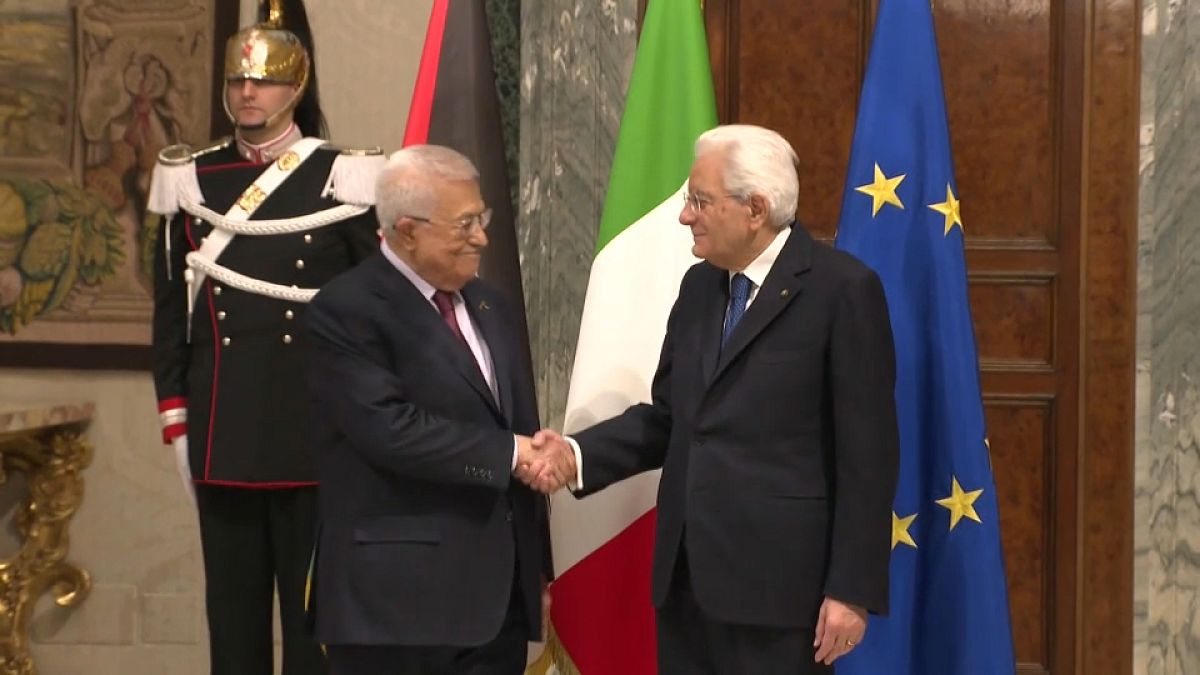




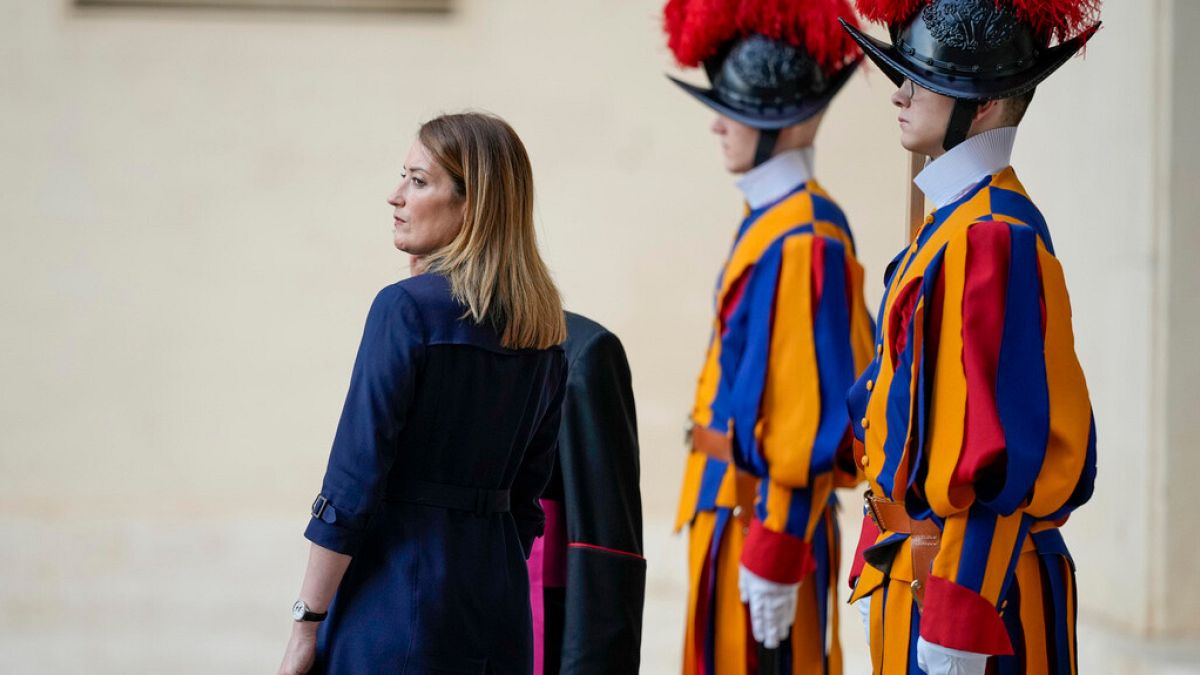



/cdn.vox-cdn.com/uploads/chorus_asset/file/25805991/2191410214.jpg)





